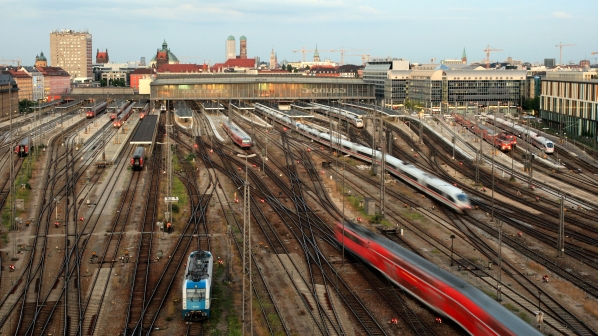The study into Sustainable Transport Infrastructure Charging and Internalisation of Transport Externalities, released on June 7, found that rail excels in covering its variable infrastructure costs and externalities like air pollution, CO2 and noise through charges, with smaller cost-coverage gaps in €-per-passenger-km or tonne-km than other modes.
The study analysed each transport mode and country, separately examining passengers and freight, to find what extent the principles of 'user pays' and 'polluter pays' are implemented in European Union (EU) member states.
The study's main findings highlight “marginal social cost pricing” as the best approach to internalisation, and highlight the mode as the one “in line with the ambitions of the EC to realise full internalisation of external costs, including wear and tear costs.”
Rail also leads on cost coverage of variable infrastructure and external costs, while it also rates well for low externalities and a low climate impact.
Rail already leads on CO2 emissions, and is also making strides towards reducing noise thanks to the retrofitting of wagons.
The Community of European Railway and Infrastructure Companies (CER) says the findings fof the study show the EU should better implement ‘user pays’ and ‘polluter pays’ systems for other forms of transport, including distance-based infrastructure charging on all major roads, but also external-cost charging for all modes. CER says this would allow rail to maximise its role as the backbone of transport, in a digitalised and seamless multimodal system.
“The study amounts to a call on governments to rebalance transport policy towards modes with low externalities such as railways,” says CER executive director, Mr Libor Lochman. “Climate action is a top priority for citizens, as recent elections have shown, and European railways stand ready for a bigger role in transport. A modal shift to rail will also decrease its fixed costs per tonne-km or passenger-km, thus further improving rail's cost coverage.”

